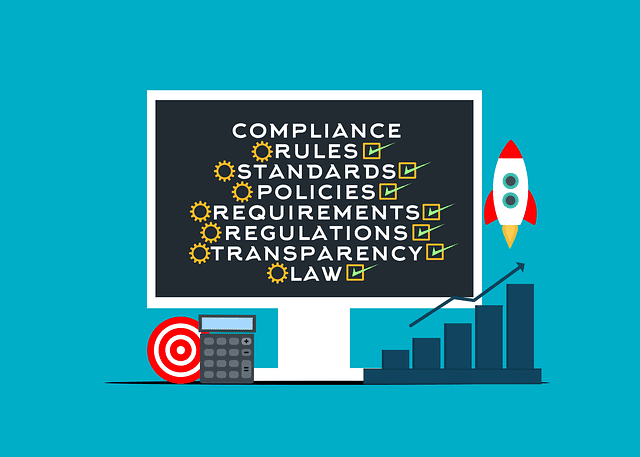ACC 2025 Benchmarking Report: What In-House Legal Teams Need To Know
The pressure on legal teams hasn’t eased. If anything, it’s intensifying. Expectations keep rising and budgets somehow stay the same. The landscape of corporate legal work keeps shifting underfoot, reshaped by technology, new regulations and evolving business priorities.
So where does that leave today’s in-house lawyers and legal operations professionals? The ACC 2025 Law Department Benchmarking Report gives insight into how in-house teams are responding. And it’s a practical resource for corporate legal departments on their path toward operational excellence.
The expanding scope of legal departments
The role of the in-house lawyer has broadened. Moving beyond contracts and compliance, teams are now expected to weigh in on privacy, governance, cybersecurity and even business strategy. Yet despite this surge in responsibility, most teams haven’t grown in size.
The “typical” in-house legal team remains compact. The median structure includes five lawyers, one paralegal and one administrative professional. But nearly two-thirds of departments reported their workload is growing faster than their capacity to manage it.
Read our breakdown of the most notable legal operations trends 2025 for more insight into how legal work is changing.
Dividing the work
With more on their plate, legal teams need a wider set of skills. Larger organizations are building deep benches of specialists, with legal ops staff, litigation lawyers and compliance experts on the payroll. Smaller ones, in contrast, rely on agile generalists who can jump from contracts to compliance with ease.
Most GCs still keep high-sensitivity matters close, particularly areas like contracts, privacy and compliance. The bigger organizations still lean heavily on external counsel, while smaller teams tend to keep more tasks internal and turn to process improvement and smarter systems to stretch their capacity further.
Outside law firms continue to play a central role. But alternative legal service providers (ALSPs) are gaining ground, albeit slowly. It comes as in-house teams are looking for more flexible and cost-efficient models, allowing them to scale up or down as needed and maintain in-house legal efficiency.
Smarter spending
Cost management remains one of the strongest influences on how legal departments operate. On average, legal spend accounts for about 0.53% of company revenue, with just over half directed to in-house resources.
This figure can serve as a useful benchmark. It’s a way to gauge whether in-house counsel is running within a healthy range or needs to make some changes.
Alternative fee arrangements are also on the rise. The likes of fixed fees for intellectual property work and caps for litigation are helping introduce predictability to legal budgets. This allows for better planning and avoids unpleasant billing surprises.
Effective technology adoption
Technology is reshaping how in-house teams get things done. More than half of in-house teams now control their own tech budgets. It reflects how central legal tech has become to operational efficiency.
Tools like e-signature, contract management platforms and document automation are the standard. But artificial intelligence, already in use by over half of the departments surveyed, is set to take on the heavy lifting, with current uses including document review and legal research.
AI won’t replace lawyers. But it will give them back their time. Corporate counsel will have more time to think, to advise, to work strategically rather than reactively, to make the most of their legal expertise.
Smaller teams tend to focus on the essentials, while larger departments invest in integrated systems that support collaboration, analytics, data security and project management. Whatever the size, the goal is to use technology to make work smoother, not more complicated.
Diversity, equity and inclusion
Only 15% of legal teams now track internal DEI metrics, down sharply from 32% last year. Just 11% monitor diversity among outside counsel, and about one-third have a formal DEI strategy in place.
This drop suggests that while organizations still talk about inclusion, many aren’t measuring progress. Without accountability, it’s easy for DEI goals to slip off the agenda.
4 areas for GCs and in-house counsel to watch
So what can legal leaders take from the benchmarking data?
1. Lean on benchmarking data
Use it to compare your department’s structure, budget and processes with others across the industry. This data shows where your team can grow.
2. Think strategically about resources
Large enterprises are running leaner teams without sacrificing knowledge, while mid-sized companies are investing in building internal capacity. General Counsel must continually calibrate the right mix of process improvement, hiring and technology adoption.
3. Modernize spend management
Move toward predictable pricing and build partnerships based on transparency and value.
4. Invest in the right technology
Whether that’s AI-driven tools or better project management systems, the key is integration. Tech should simplify your day, not add friction.
How legal services become a business driver
Adaptability will define success. Legal teams that embrace metrics and data, keep on top of legal trends, seek strategic insights, adopt technology thoughtfully and plan with a clear strategy will set themselves apart.
Whether it’s improving work allocation, experimenting with new service models, or deploying technology that amplifies human skill, the aim is the same: corporate legal operations that are efficient, forward-looking and built to drive organization-wide impact.











